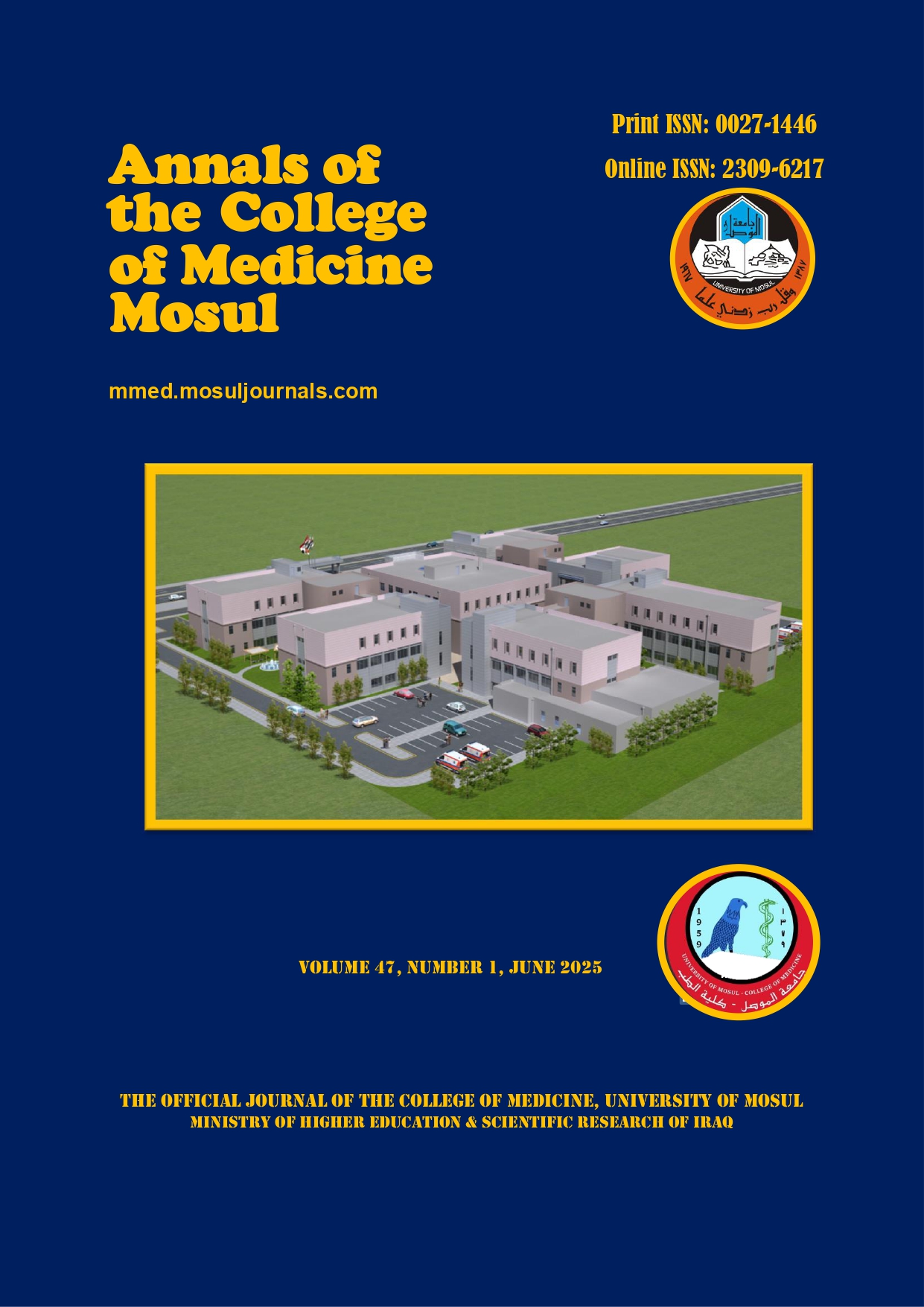The Effects of Glans Size, Urethral Plate Width, and Age of Patients on Early Outcome of Tubularized Incised Plate for Distal Hypospadias Surgery
Abstract
Background: The glans size can be assessed to determine whether there's a link between urethroplasty issues and hypospadias complications. The urethral plate width is regarded as a fundamental factor in hypospadias repairs.Aim: To evaluate the relation of age with glans size and urethral plate width and the effect of glans size and plate width on postoperative complications. Patients and methods: A Prospective case series study on patients with distal hypospadias treated by TIP classified into Group A with glans size 12mm, Group B with glans size >12mm, and Group C with urethral plate width 8 mm, Group D with urethral plate width >8mm, all groups were evaluated for postoperative complications, the statistical analysis was performed by using IBM-SPSS 26.Results: A total of 100 prepubertal boys, ranging in age (1-14 yr.). Glans size (12mm) 36 boys, while 64 boys had size (>12mm), and the relation of glans size of both groups were weakly correlated with age. On the other hand, urethral plate width was (8mm) in 90 boys, while in 10 boys with a width (>8mm), the relation between plate width and the age of patients was also weakly correlated. The presence and absence of complications among patients regarding age, glans size, and plate width show non-significant differences concerning these parameters.Conclusion: In hypospadias surgery, a weak correlation exists between advancing age and the increase in penile glans size and urethral plate width. In addition, the postoperative complication was not correlated to glans size and urethral plate width measurements, so the best time for surgery could be arranged according to the penile biometers rather than the age.
